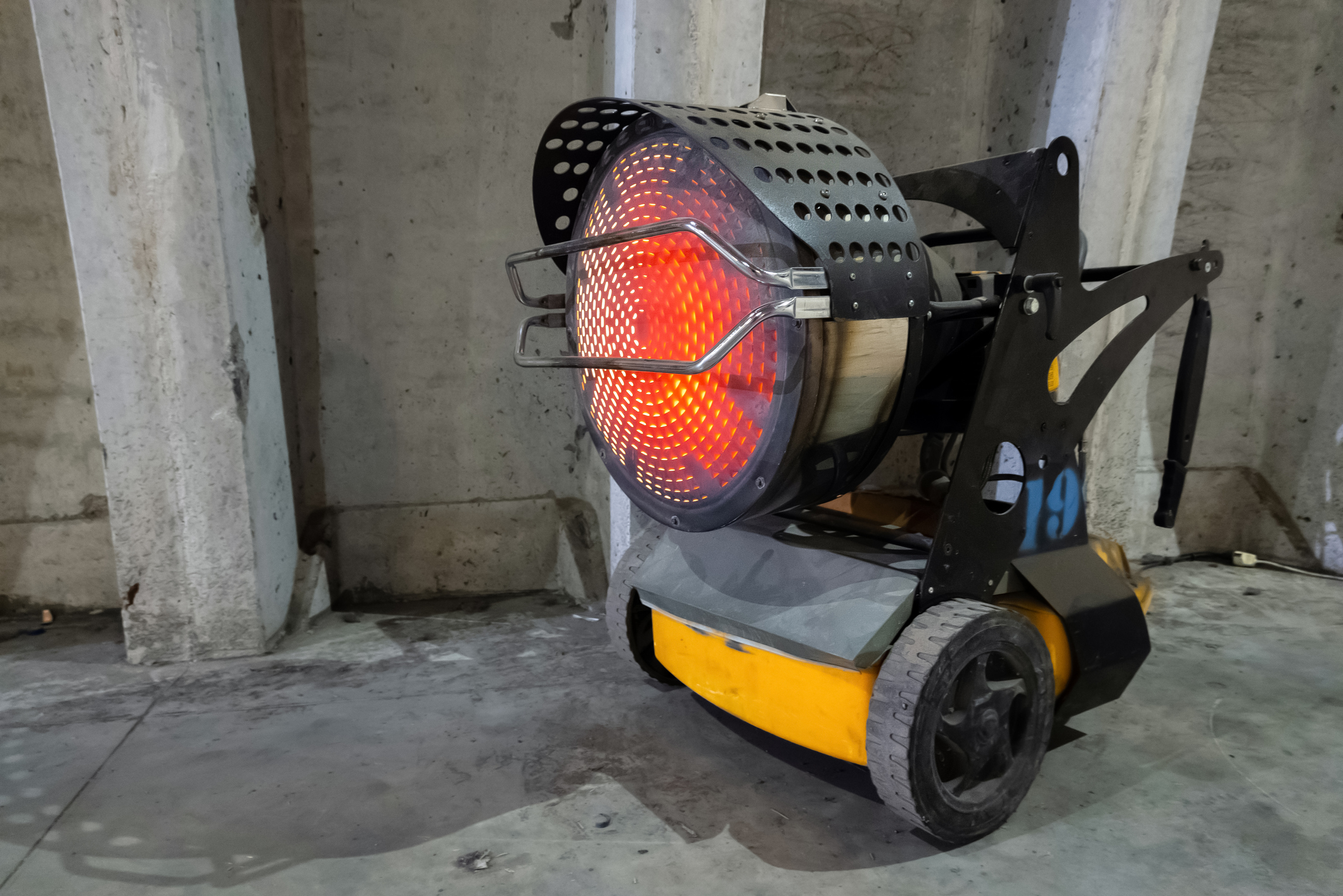As summer ends and outdoor temperatures begin to drop, it’s important for construction employers to find ways to keep the job site warm. Doing so can offer a variety of benefits, such as ensuring employee comfort, preventing frozen pipe concerns and permitting construction materials and equipment to function appropriately in cold weather.
Temporary heaters are a common tool used for warming construction sites. Although these heaters can be effective, they also carry several risks. Namely, temporary heaters can cause significant fire hazards and lead to carbon monoxide (CO) poisoning if used incorrectly. Therefore, it’s critical to uphold the following safety precautions when utilizing such heaters:
- Ensure a suitable selection. There are three main types of temporary heaters. Indirect-fired heaters are powered by diesel, propane or natural gas. Direct-fired heaters (also called “salamanders” or “torpedoes”) convert the entirety of the fuel they use into heat by pushing air directly through a flame. Electric heaters rely on a filament or ceramic disc to generate heat, which is dispersed into the air by an attached fan. Each of these types of heaters comes with varying costs, usage capabilities and safety exposures. Carefully assess your construction site to determine which heaters are most suitable for your operations. In any case, ensure that any heaters you select are listed or approved by a trusted safety certification organization, such as Underwriters Laboratories. Have heaters inspected and maintained on a regular basis by a qualified professional.
- Follow the manufacturer’s instructions. Temporary heaters often come with detailed installation and usage instructions from their associated manufacturers. These instructions generally outline necessary clearances between heaters and combustible materials, ventilation requirements and safe fueling protocols (if applicable). As such, make it a priority to follow all provided instructions for your heaters. Educate employees on these instructions as well.
- Establish a safe setup. Place temporary heaters in safe, stable and secure locations at the construction site. In particular, these heaters should be placed in positions that prevent them from tipping over. Specific setup requirements vary based on heater type. For example, indirect-fired heaters should be placed outdoors with flexible fuel line piping and barricaded fuel tanks. On the other hand, direct-fired heaters should be mechanically secured on noncombustible surfaces that extend several feet in front of them. Lastly, electric heaters should only be used in dry environments with ground fault protection.
- Have proper detection and mitigation measures in place. To minimize potential fire and CO risks, ensure all heaters are equipped with adequate temperature monitoring and safety shutdown features. In addition, it’s crucial to maintain sufficient smoke and CO detection systems at the construction site. Finally, be sure to supply adequate fire extinguishers on-site and train employees on proper extinguisher usage.
For additional industry-specific risk management guidance, contact us today.








